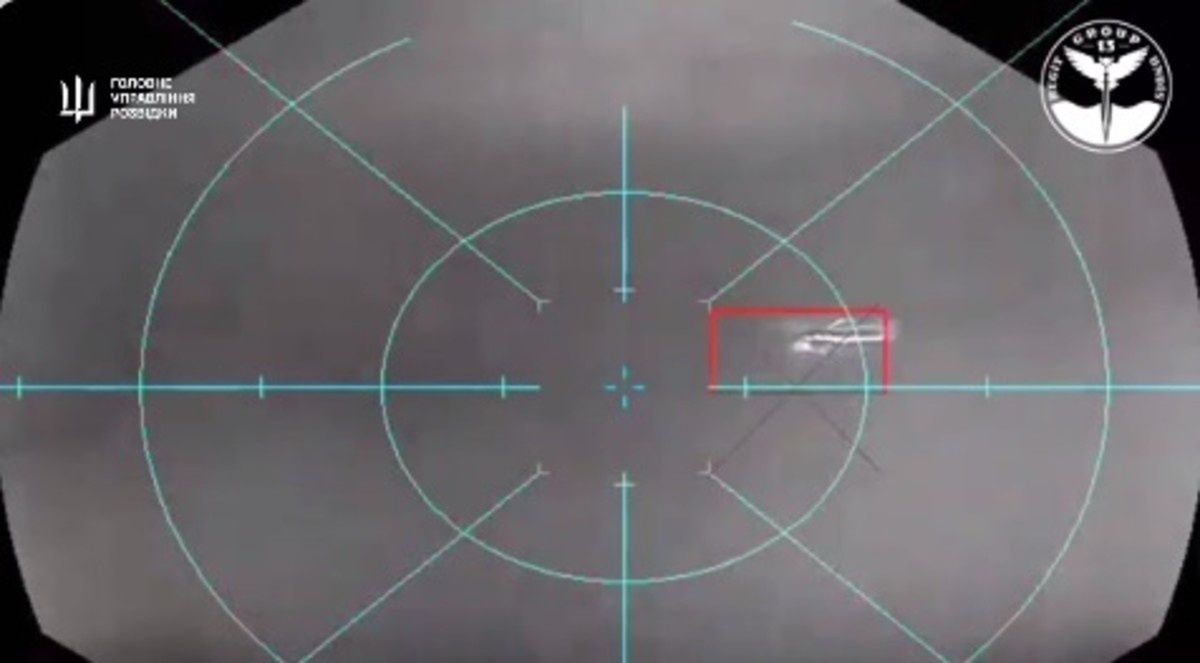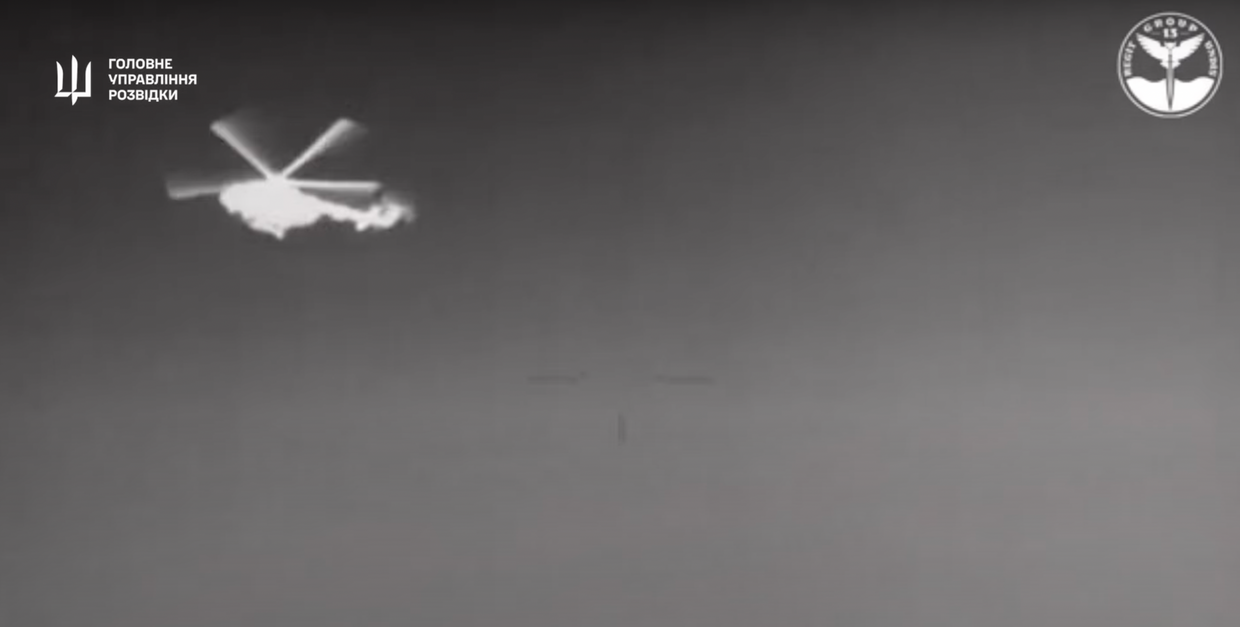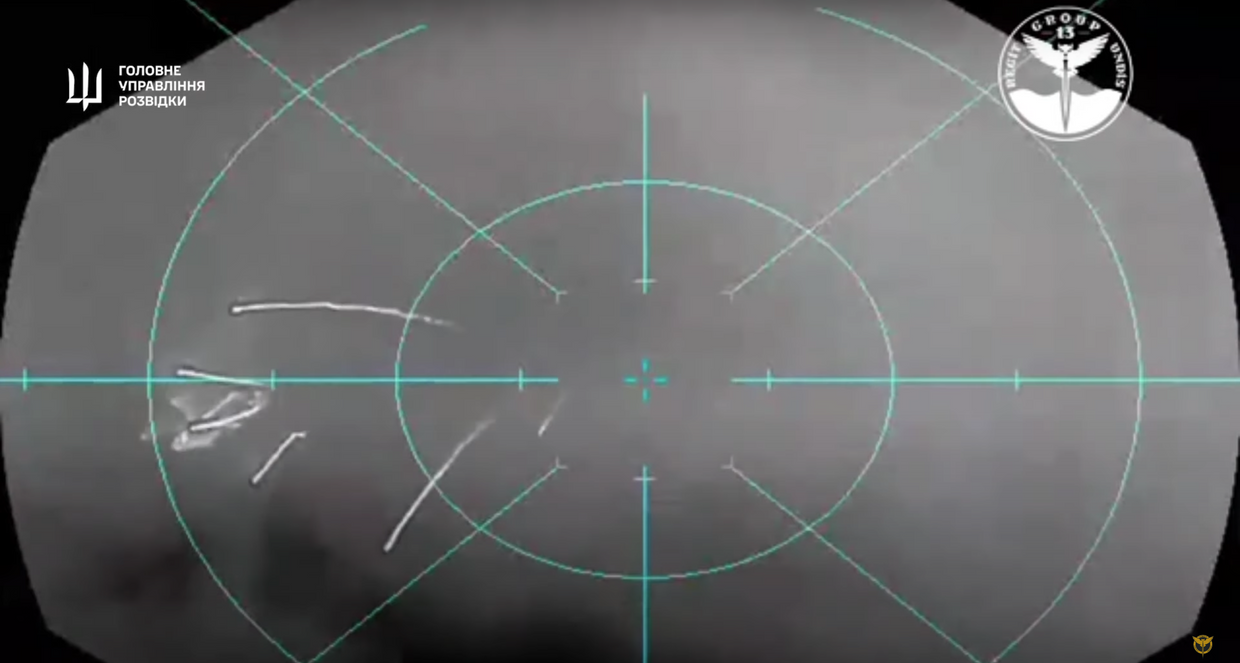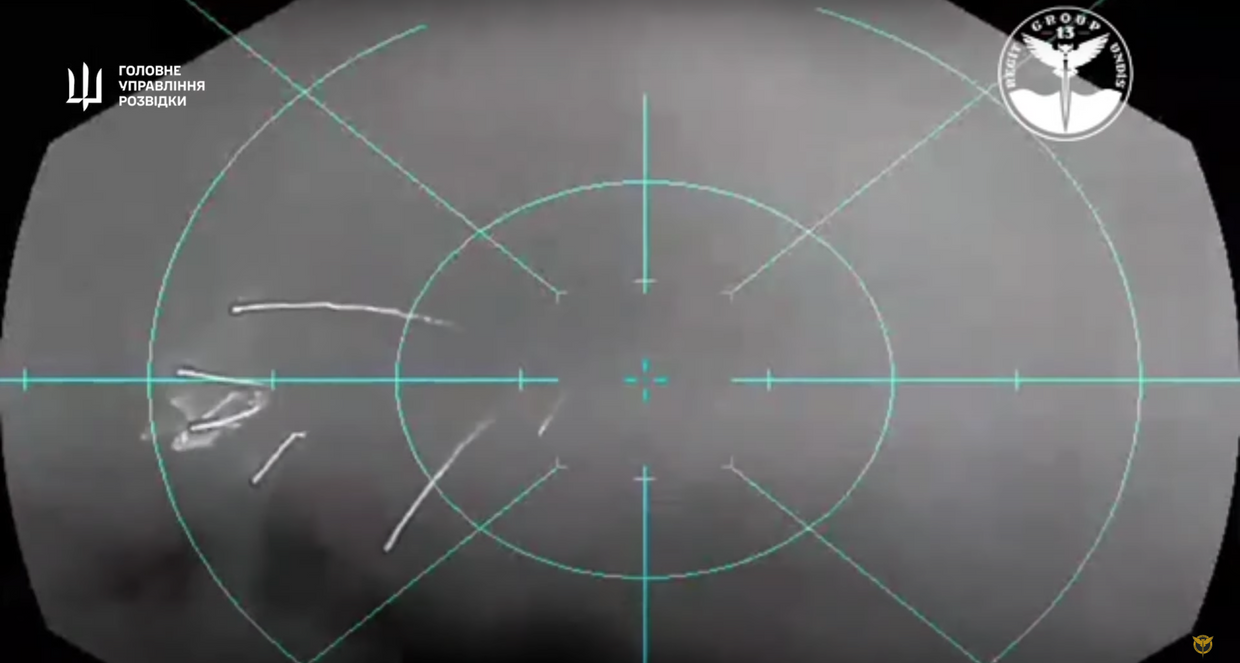Ukrainian sea drones are rapidly changing naval warfare. These unmanned vessels, ranging from small, stealthy craft to larger, more heavily armed platforms, are proving surprisingly effective against larger, more traditional naval forces. This exploration dives into their capabilities, deployments, impact, and future potential, offering a comprehensive look at this evolving technology.
Ukrainian sea drones are proving surprisingly effective in disrupting Russian naval operations. Think of them as tiny, highly-mobile warships, perfect for asymmetric warfare. It’s a bit like the strategic planning needed for Player 001 in player 001 squid game season 3 , requiring cunning and precision to overcome a seemingly insurmountable opponent. The drones’ low cost and ease of deployment make them a potent weapon, highlighting the importance of adaptable tactics in modern naval combat.
From their initial deployments in the ongoing conflict, Ukrainian sea drones have demonstrated a remarkable ability to disrupt naval operations and inflict significant damage on enemy assets. Their relatively low cost and ease of deployment, coupled with their potential for high impact strikes, make them a game-changer in modern maritime conflict. We’ll examine their design, operational challenges, and the strategic implications of their use.
Ukrainian Sea Drone Technology

Ukraine’s development and deployment of sea drones represent a significant shift in naval warfare tactics. These unmanned systems, while facing certain limitations, offer a cost-effective and surprisingly effective means of engaging naval targets. Their capabilities are constantly evolving, spurred by the ongoing conflict and the ingenuity of Ukrainian engineers.
Current State of Ukrainian Sea Drone Technology
Ukrainian sea drone technology is characterized by its adaptability and resourcefulness. Given resource constraints, Ukrainian engineers have focused on creating relatively inexpensive, easily-produced drones capable of delivering significant impact. This contrasts with the more sophisticated, often larger and more expensive, drones developed by major military powers. Limitations include range, payload capacity (compared to larger drones), and sophisticated AI integration, although progress is being made in these areas.
Comparison with Other Nations’ Sea Drone Technology
Compared to major military powers like the US, Russia, and China, Ukrainian sea drone technology is less advanced in terms of autonomy, sensor technology, and overall sophistication. However, Ukraine demonstrates a notable advantage in terms of cost-effectiveness and adaptability to the specific needs of the ongoing conflict. Their drones often employ innovative tactics and strategies to compensate for technological gaps.
Types of Ukrainian Sea Drones
While specific details about Ukrainian sea drone designs are often kept confidential for security reasons, reports suggest a variety of designs, ranging from smaller, expendable drones designed for suicide attacks to larger, more reusable platforms capable of carrying heavier payloads and operating at longer ranges. These designs are likely tailored to specific mission requirements.
Comparison of Ukrainian Sea Drone Models
| Model | Range (km) | Payload (kg) | Speed (knots) | Stealth Capabilities | Intended Purpose |
|---|---|---|---|---|---|
| Model A (Hypothetical) | 50-100 | 50-100 | 10-15 | Moderate (low radar signature) | Coastal patrol, reconnaissance |
| Model B (Hypothetical) | 100-200 | 100-200 | 15-20 | Low (easily detected) | Anti-ship attacks |
| Model C (Hypothetical) | 200-300 | 200-300 | 20-25 | Moderate (some radar-evading features) | Long-range reconnaissance, surveillance |
Operational Deployment of Ukrainian Sea Drones
Documented deployments of Ukrainian sea drones have played a significant role in the ongoing conflict. These deployments highlight both the tactical advantages and the logistical challenges associated with this technology.
Examples of Sea Drone Deployments

While precise details are often classified, reports indicate successful attacks on Russian warships and other naval assets using Ukrainian-developed sea drones. These attacks have demonstrated the potential of relatively low-cost platforms to inflict significant damage on more expensive and heavily defended targets.
Tactical Advantages and Disadvantages
Advantages include the cost-effectiveness, potential for surprise attacks, and the ability to target high-value assets with minimal risk to Ukrainian personnel. Disadvantages include limited range, vulnerability to countermeasures (like electronic warfare), and the logistical challenges of deploying and maintaining these systems in a contested maritime environment.
Logistical Challenges
Deploying and maintaining sea drones in a maritime environment presents significant logistical hurdles. These include challenges related to launching and recovering the drones, ensuring reliable communication links, and providing timely maintenance and repairs. The hostile environment further complicates these tasks.
Steps in a Typical Ukrainian Sea Drone Mission
- Pre-mission planning and target acquisition
- Drone preparation and payload loading
- Drone launch from a suitable location
- Navigation to the target area via pre-programmed route or remote control
- Target engagement and data collection
- Data transmission back to base
- Drone recovery (if applicable)
Impact and Effectiveness of Ukrainian Sea Drones
The impact of Ukrainian sea drone attacks on enemy targets has been significant, disproportionate to their cost. These attacks have forced a reassessment of naval warfare tactics and spurred the development of countermeasures.
Evidence of Impact
Reports suggest successful attacks on Russian naval vessels, causing damage and disrupting operations. The psychological impact of these attacks is also notable, forcing Russia to allocate more resources to defending against these relatively inexpensive threats.
Changes in Naval Warfare Tactics
The effectiveness of Ukrainian sea drones has forced a shift in naval warfare tactics. Navies are now compelled to consider the threat posed by these relatively inexpensive platforms and develop effective countermeasures. This includes increased surveillance, electronic warfare capabilities, and the development of anti-drone systems.
Potential Countermeasures
Countermeasures include electronic warfare to jam drone communications and navigation systems, physical destruction using anti-drone weapons, and increased maritime surveillance to detect and intercept drones before they reach their targets. Developing robust defenses against these asymmetric threats is a key priority for many navies.
Ukrainian sea drones are causing a stir, showcasing impressive advancements in naval technology. Think about the scale of impact – it’s a different kind of event compared to something like the recent south korea plane crash , which highlighted different technological vulnerabilities. But both incidents underscore the importance of robust technological development and safety protocols, showing how quickly things can change on both land and sea.
Hypothetical Successful Sea Drone Operation
Imagine a scenario where a swarm of advanced Ukrainian sea drones, equipped with sophisticated sensors and AI-guided navigation, infiltrate a heavily defended Russian naval base. These drones, using a combination of stealth and coordinated attacks, successfully target and disable several key vessels, causing significant damage and disruption, showcasing the potential for future asymmetric warfare.
Future Developments in Ukrainian Sea Drone Technology
Future developments in Ukrainian sea drone technology are likely to focus on enhancing autonomy, intelligence, and lethality. The integration of AI and advancements in propulsion systems will play a key role in these advancements.
Ukrainian sea drones are proving to be surprisingly effective, showcasing innovative naval warfare tactics. It’s a stark contrast to the tragic news coming out of South Korea today, as you can see from this report on the plane crash south korea today. The incident highlights the unpredictable nature of global events, even as the development of Ukrainian sea drone technology continues to evolve.
Advancements in Autonomy, Intelligence, and Lethality
Future Ukrainian sea drones could feature improved autonomous navigation, more sophisticated sensor systems, and increased payload capacity. The integration of AI will enable more complex mission planning and execution, including the ability to adapt to changing circumstances.
Integration of Artificial Intelligence
AI integration will allow for more effective target recognition, autonomous navigation in complex environments, and improved coordination between multiple drones. This will significantly enhance the effectiveness and lethality of future sea drone operations.
Advancements in Propulsion Systems, Ukrainian sea drone
Advancements in propulsion systems, such as the development of more efficient electric motors or hybrid propulsion systems, could significantly increase the range and speed of Ukrainian sea drones, expanding their operational capabilities.
Future Engagement Scenario
Imagine a future engagement where a highly advanced Ukrainian sea drone, utilizing AI-powered target recognition and advanced stealth technology, successfully infiltrates a heavily defended enemy port. The drone, guided by real-time intelligence, silently disables a crucial command vessel, significantly impacting enemy operations.
International Implications of Ukrainian Sea Drone Technology

The development and deployment of Ukrainian sea drone technology have significant implications for the global arms race, ethical considerations surrounding autonomous weapons, and global maritime security.
Impact on the Global Arms Race
The relatively low cost and effectiveness of Ukrainian sea drones could spur an arms race, as other nations seek to develop similar capabilities. This could lead to an increase in the proliferation of autonomous weapons systems, potentially destabilizing global security.
Ethical Considerations
The use of autonomous weapons systems raises significant ethical concerns. Questions surrounding accountability, the potential for unintended consequences, and the risk of escalation need careful consideration.
Impact on Global Maritime Security
The proliferation of sea drone technology could significantly impact global maritime security. This could lead to increased tensions, a rise in asymmetric warfare, and the need for new international regulations and agreements to govern the development and use of these technologies.
International Reactions to Ukrainian Sea Drones
| Country | Reaction | Concerns | Potential Responses |
|---|---|---|---|
| NATO Countries | Mostly supportive, providing assistance | Proliferation risk, ethical concerns | Increased investment in countermeasures |
| Russia | Highly critical, seeking to counter | Military threat, potential for escalation | Development of countermeasures, propaganda campaigns |
| China | Observing closely, potential for technological acquisition | Impact on regional security, potential for use in territorial disputes | Increased research and development in autonomous weapons |
Closing Notes
Ukrainian sea drone technology represents a significant shift in naval power dynamics. Their cost-effectiveness, adaptability, and surprising effectiveness have forced a reassessment of traditional naval strategies. As technology continues to advance, we can expect even more sophisticated and autonomous sea drones to emerge, further altering the landscape of maritime warfare and global security. The implications of this technology extend far beyond the current conflict, prompting discussions on ethical considerations and the future of naval combat.
Q&A
How are Ukrainian sea drones powered?
Various methods are used, including electric motors, internal combustion engines, and potentially even hybrid systems depending on the size and mission of the drone.
What kind of guidance systems do they use?
Guidance systems likely range from pre-programmed routes to GPS-based navigation and potentially even AI-assisted autonomous navigation for more advanced models.
What are the limitations of Ukrainian sea drones?
Limitations include range, payload capacity, vulnerability to countermeasures (like electronic warfare), and dependence on reliable communication links for control and targeting.
Are Ukrainian sea drones easily produced?
While the exact production details are classified, the relative simplicity of some designs suggests a potentially faster and cheaper production process compared to traditional naval vessels.
